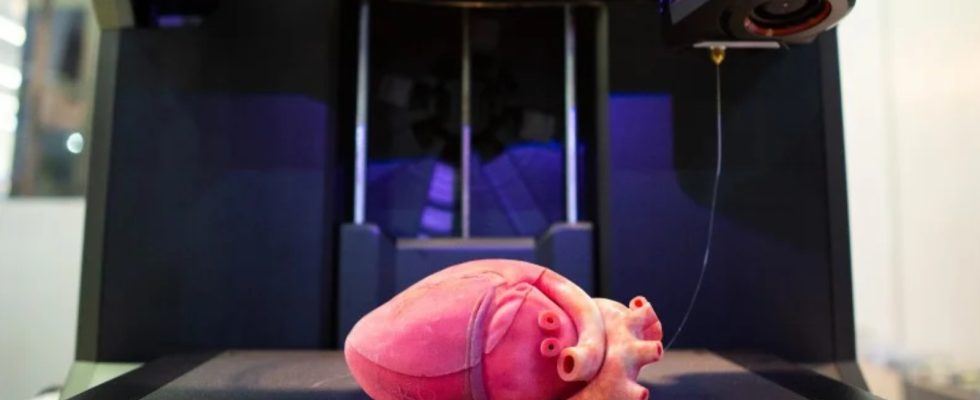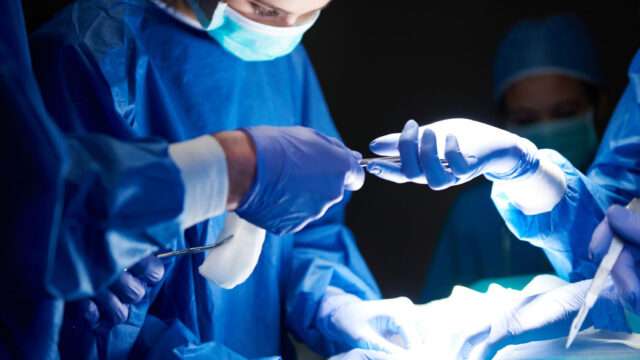Lithuanian startup Vital3D, body parts “bioprinting” It is among a growing wave of companies targeting 3D-printed organs that want to make There are various approaches to the task. In the Vital3D system, lasers precisely deposit living cells and biomaterials into 3D patterns. The company says this creates functional, scalable and reproducible tissue constructs.
What will 3D printed organs provide?
Vital3D believes the technology can close the gap between organ demand and supply. This is a gap that widens every year, especially for kidneys. While more than 90,000 people are on the kidney transplant waiting list in the United States alone, only 25,000 people received a kidney transplant last year.
Bioprinting is a promising solution, but an extremely complex one. The process requires highly specialized equipment, welding materials, and medical expertise to replicate the highly complex anatomy. Printing the kidneys is particularly more complicated.
Each kidney has approximately 1 million nephrons that ensure the functionality of the organ. If the nephrons in both kidneys were hypothetically arranged end to end, they would extend over a distance of approximately 16 km.
CEO of Vital 3D Vidmantas Šakalys, “To recreate such a detailed structure, we are often at a crossroads where we have to choose between speed and accuracy,” he said. “As of now, even the most advanced bioprinters can take up to two weeks for a complex print, which is not very conducive to living cells.”
Seeking a balance between speed and precision, Vital3D developed a patent-pending technology called FemtoBrush. At the heart of the device is a spatial light modulator that dynamically adjusts the shape of the laser beam. According to Vital3D, this adds “unprecedented versatility” to the process. The system promises high speeds as well as precision down to one-thousandth of a millimeter.
Šakalys admits that the technology for 3D printed organs is still in its infancy. Intensive testing will be needed to ensure the organs are both safe and functional. However, if it can be implemented, it is sure to make a big impact.
So what do you think about this issue? You can share your thoughts with us in the comments section.

